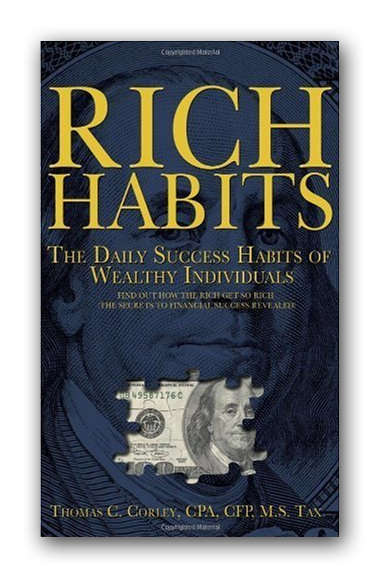
Steve Jobs did it. Ronald Reagan did it. Chris Gardner did it.
Successful people, at some point, reinvent themselves.
Sometimes it’s a gradual process, as was the case with Jobs and Reagan. Sometimes it’s an overnight transformation by virtue of one lucky break, as in the case of Gardner.
Regardless, what initiates the transformation is always the same thing – a clear vision of the new path towards your new life.
What causes this massive transformation?
Asking yourself one simple question: “Who do I want to be?”
When you have a clear vision of who you want to be in the future, you are able to back engineer your life.
You create a clear vision through a process called Dream-Setting.
To begin the Dream-Setting process, start by painting a picture with words of your ideal future life. This could be five, ten or twenty years from now. This script is the blueprint of your new future life. Re-read your script a few times each week. This creates a scratch your subconscious will feel compelled to itch.
At some point it will stop itching and communicate to you, through intuition, what you need to do. Sometimes that communication is subtle, like a feather. Sometimes its pronounced, like a hammer. Everyone hears their inner voice differently and at different volumes. But you will never hear that inner voice, if you are not clear on your destination.
This Dream-Setting process helps you to create that clear vision of your destination. This clear vision stimulates certain regions of your subconscious mind: Insula, Reticular Activating System, Thalamus, Brain Stem and various other regions.
In order to activate these regions, you must define exactly what your future life looks like:
- What you do for a living.
- How much money you make.
- Who you work with.
- Where you live.
- What your house looks like.
- What car you drive.
- How much money you have in your bank account.
- How you spend each day.
- Where you go on vacation.
- Places you travel to.
- Etc.
Transformation is a process. A big part of that process is visualizing exactly what you want your future life to be.
Once you have a clear vision of your ideal future life, portions of the subconscious mind are toggled on and go to work seeking people, opportunities, and internal/external information to help you get where you want to go.
Until you know where you want to go, those subconscious powers remain dormant and your inner voice, silent.








